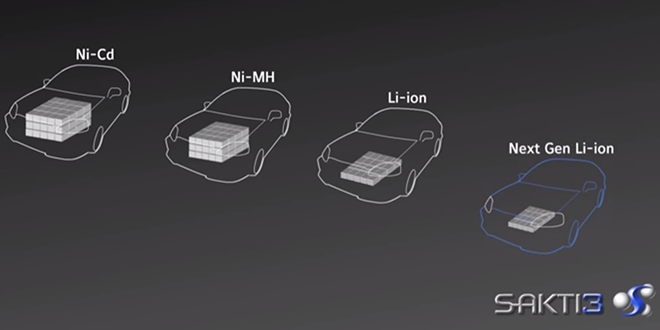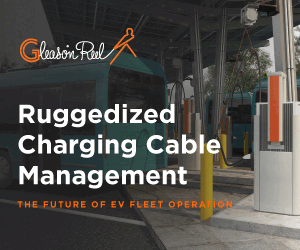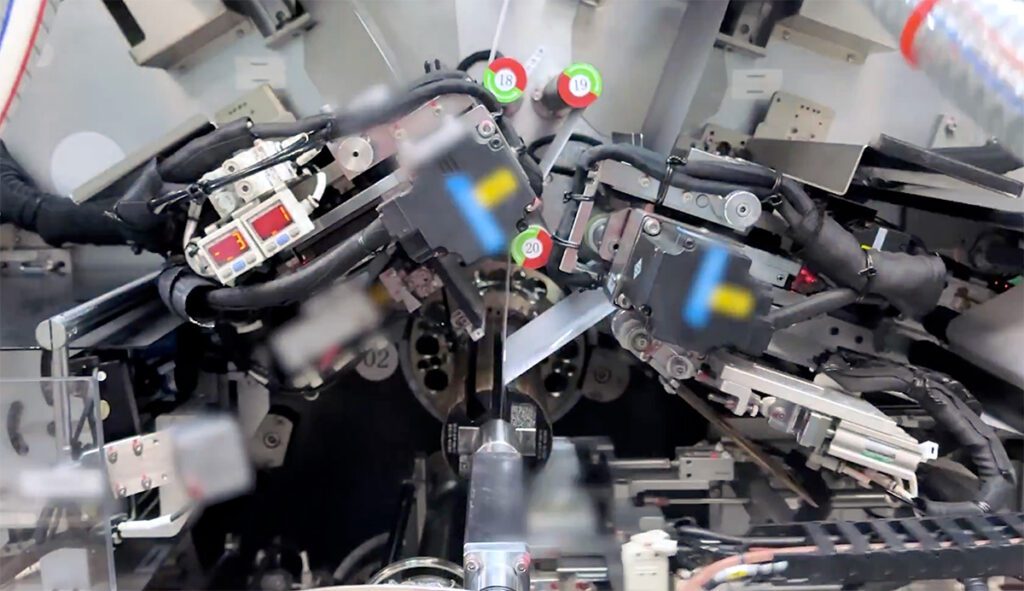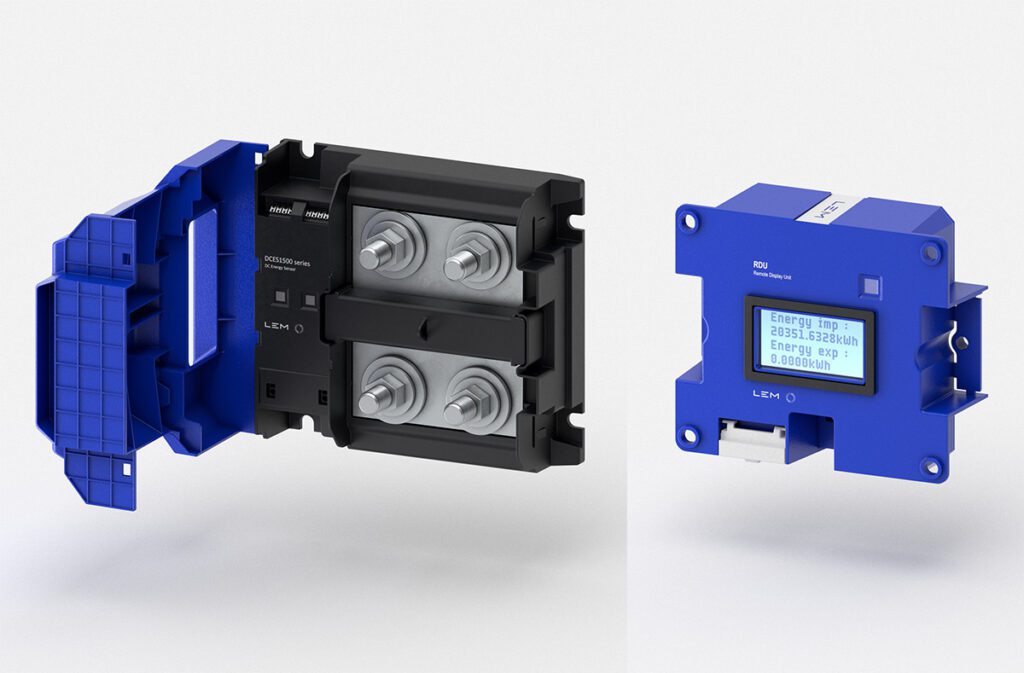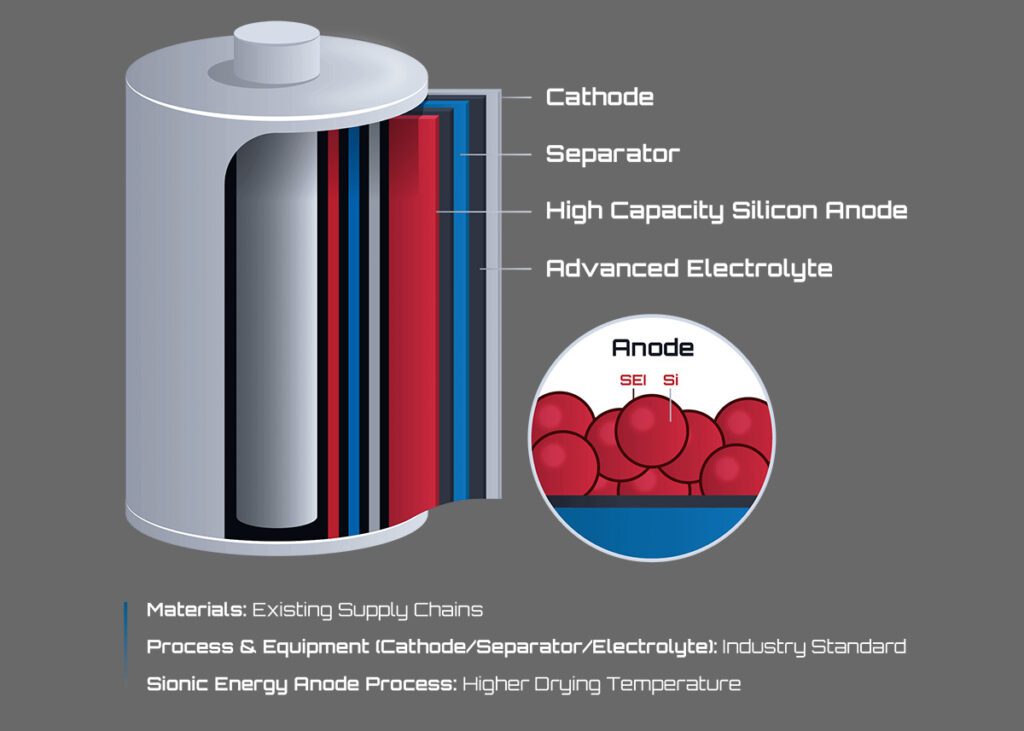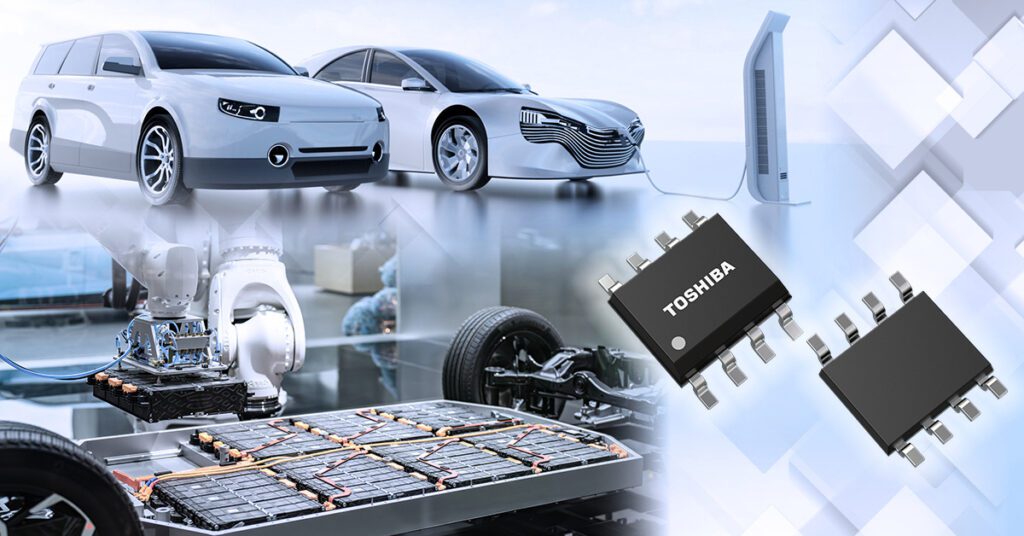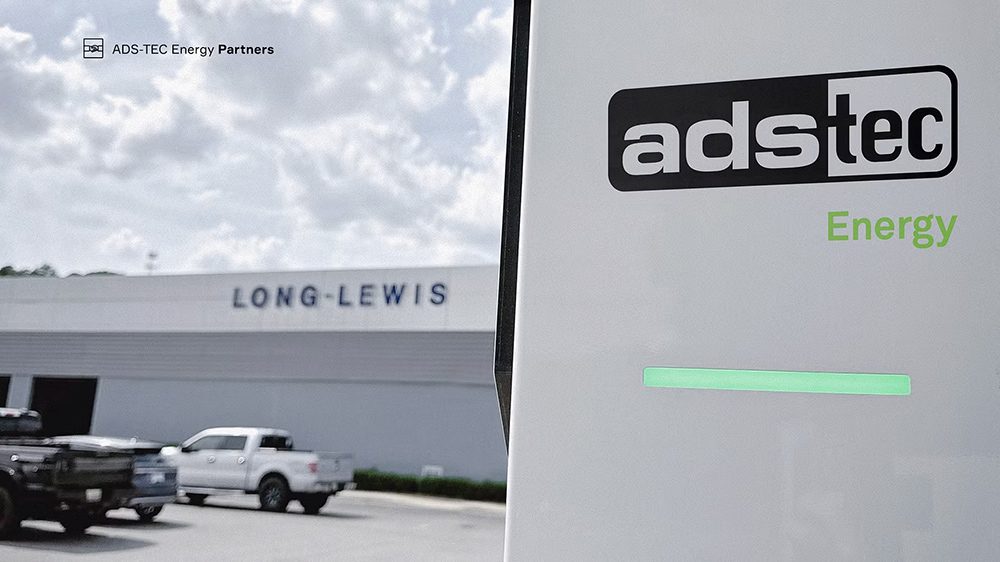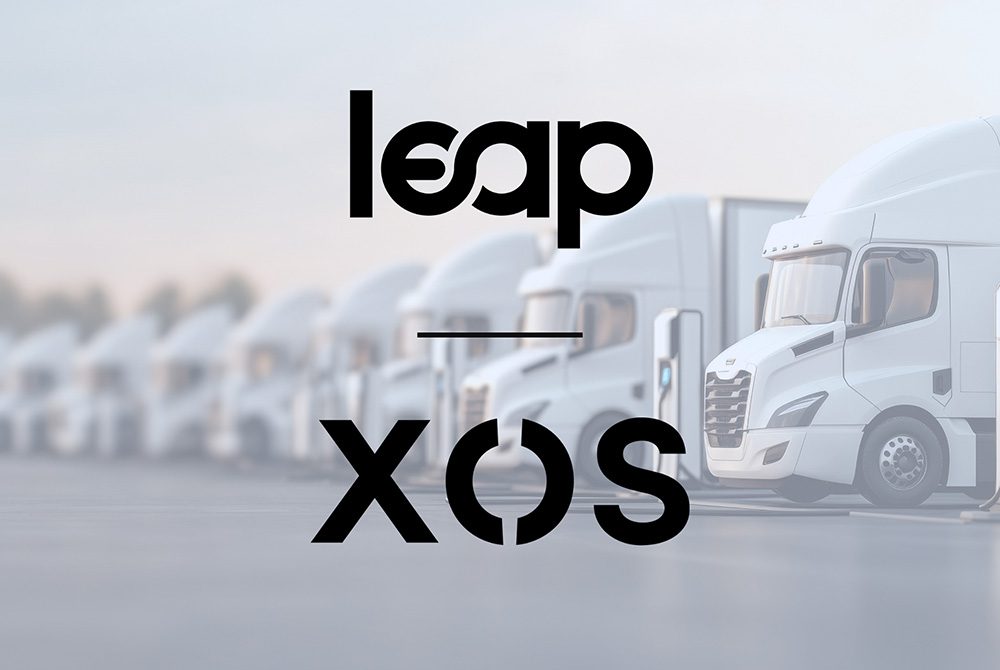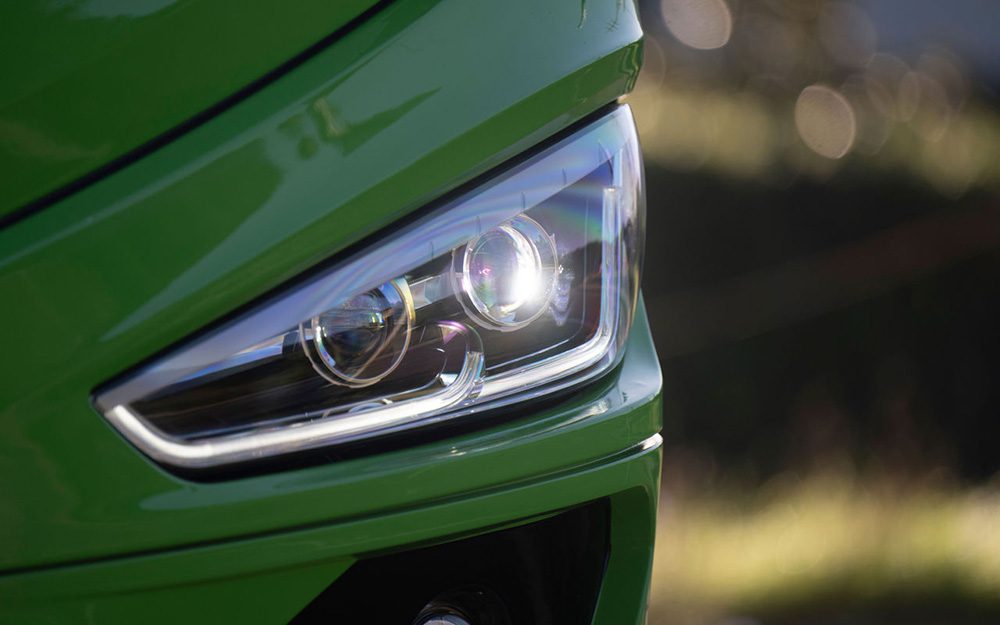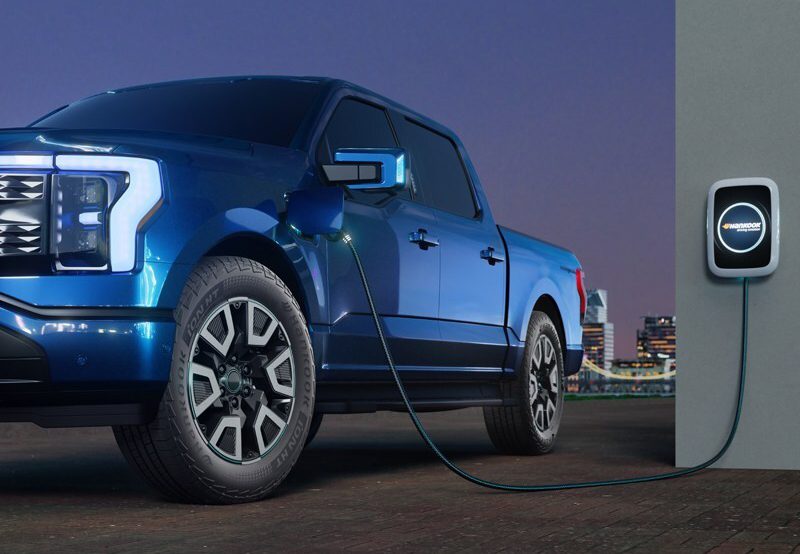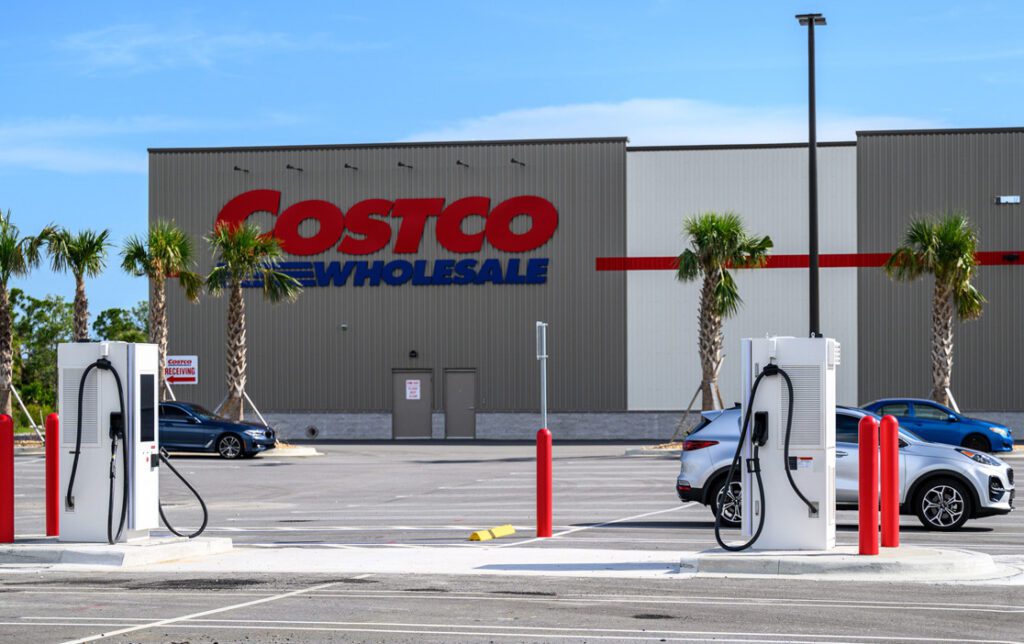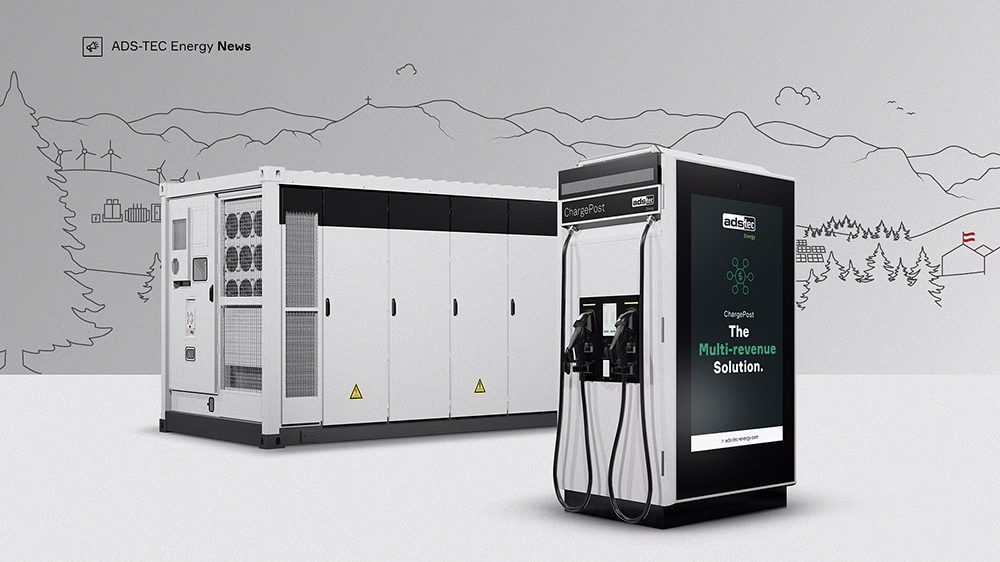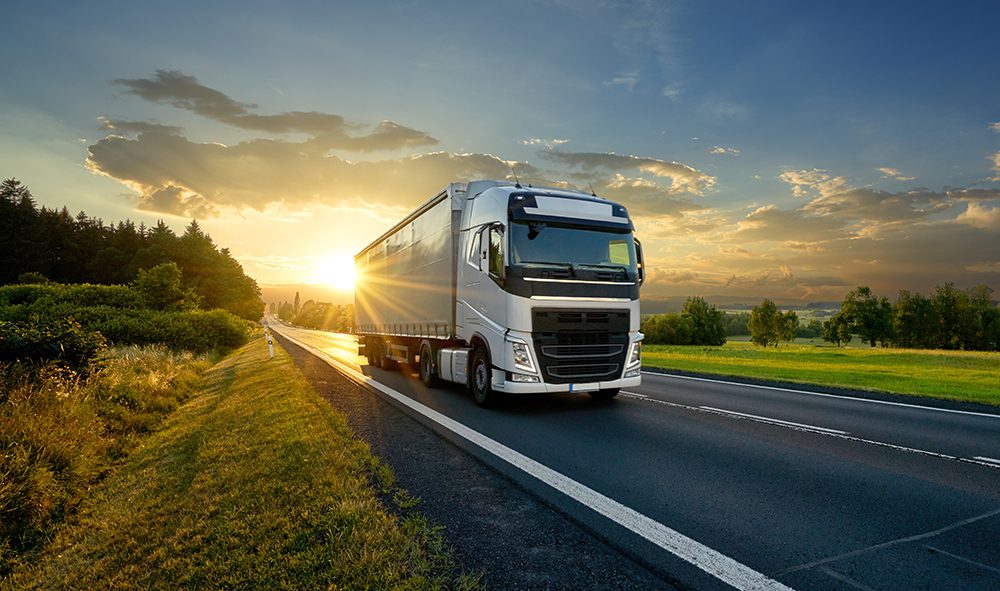What’s really going on with batteries? A recent panel discussion from Autoline (via Green Car Reports) asked three experts – one from one of the world’s biggest battery concerns, one from a promising startup, and one academic – and they see great things ahead.
Host John McElroy starts out the way all mainstream media stories on EVs do – by saying that EV sales “haven’t panned out as people thought they would.” All three panelists call him on that one, saying that there are more electrified vehicles on US roads today than engineers would have expected back in 2008. The three acknowledge that some folks (including US government spokesmen) had unrealistic expectations, but interestingly, agree that the “hype” was in a sense necessary in order to build people’s excitement about EVs.
With that obligatory exchange out of the way, the three battery boffins go on to say some very interesting things about the near future of EV battery technology.
Ann Marie Sastry, founder and CEO of battery maker Sakti3, explains why her company decided to develop solid-state battery tech. Sakti3’s target is to produce cells at a cost of $100 per kilowatt-hour. She expects to reach this goal within two years for consumer electronics and “not long after that” for EVs. At this price point, “there will not only be parity [with ICEs] but probably an advantage in owning an EV.”
MORE: Sakti3 demonstrates impressive energy density with solid-state battery cells
Prabhakar Patil, CEO of LG Chem’s North American unit, sounds a little skeptical about Ms Sastry’s $100/kWh prediction, but he does say that (while he can’t get specific about battery costs) he’s confident that the OEMs’ much-discussed target of a 200-mile EV with a $35,000 price tag can be reached by 2017.
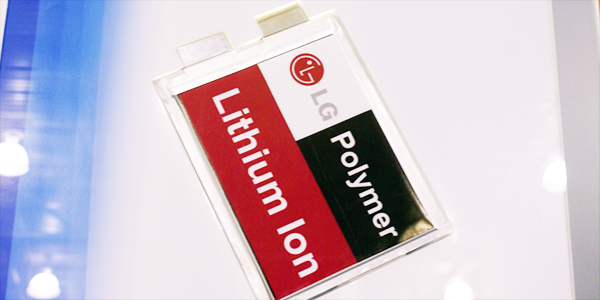
SEE ALSO: LG Chem will supply batteries for 200-mile EV in 2016
Brett Smith of the Center for Automotive Research sounds skeptical about both of the industry insiders’ predictions of near-term breakthroughs. In terms of consumer acceptance and getting EVs into the market, “it’s still a long way off.” However, he points out that ICE-comparable range may not be as important as people think. Even an EV with today’s 80-mile range can be well worth the price premium in certain applications.
The panel has much to say about Tesla’s Gigafactory. They’re fascinated, but realistic about the enormous challenge that Tesla has set for itself. Patil thinks that, by the time Model 3 comes out, other OEMs will be offering competing models. If Tesla should fall short of its goal of producing 500,000 cars a year, it won’t be able to achieve the economies of scale needed to make its products competitive.
Source: Autoline via Green Car Reports







